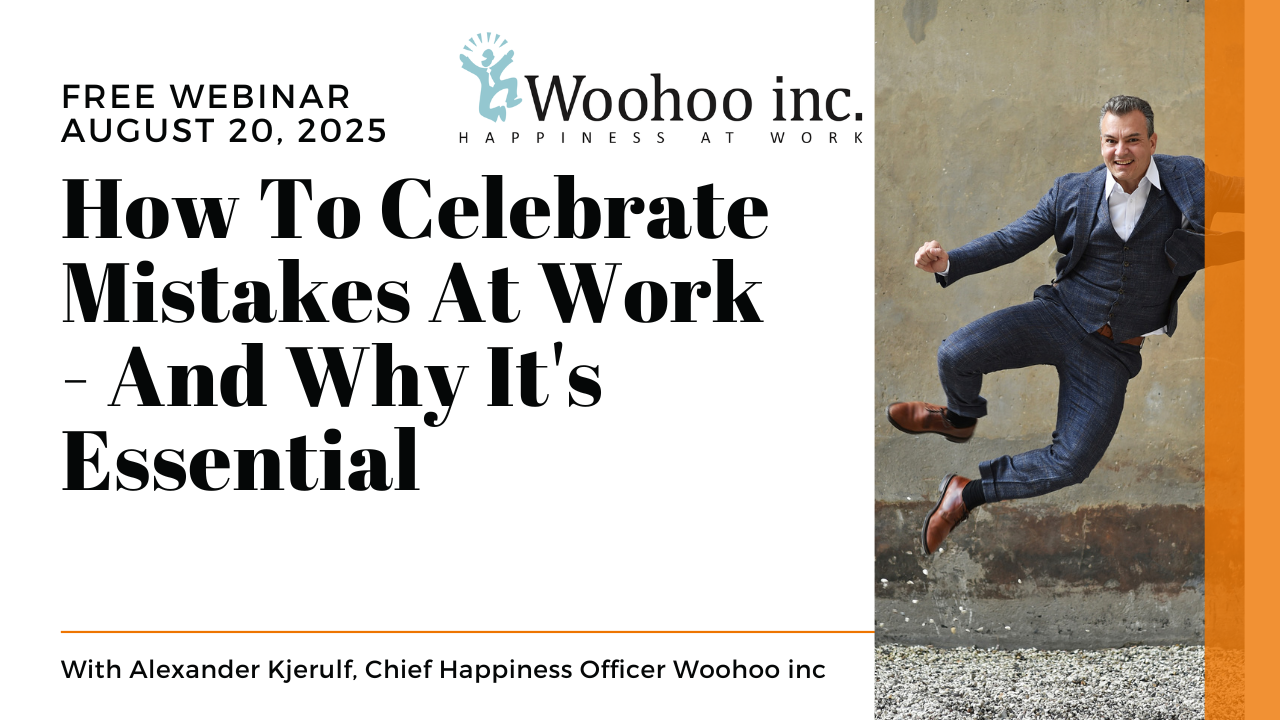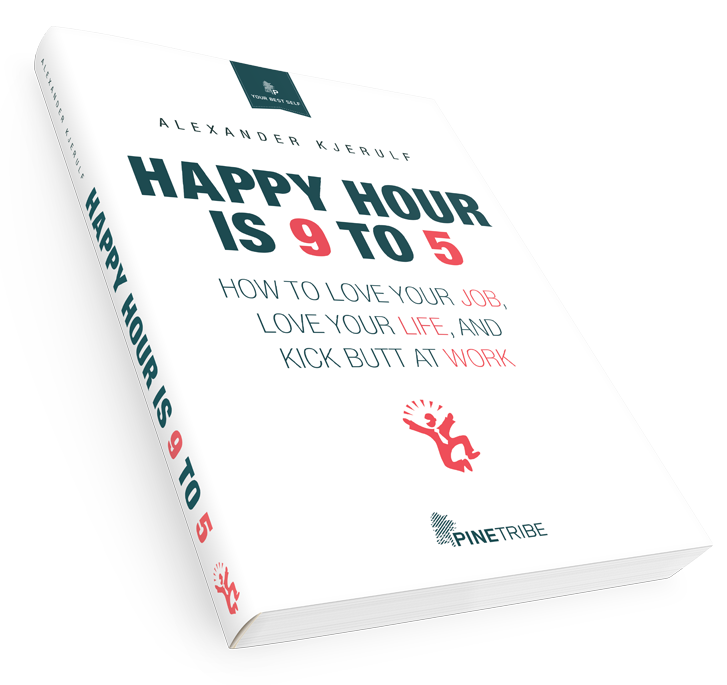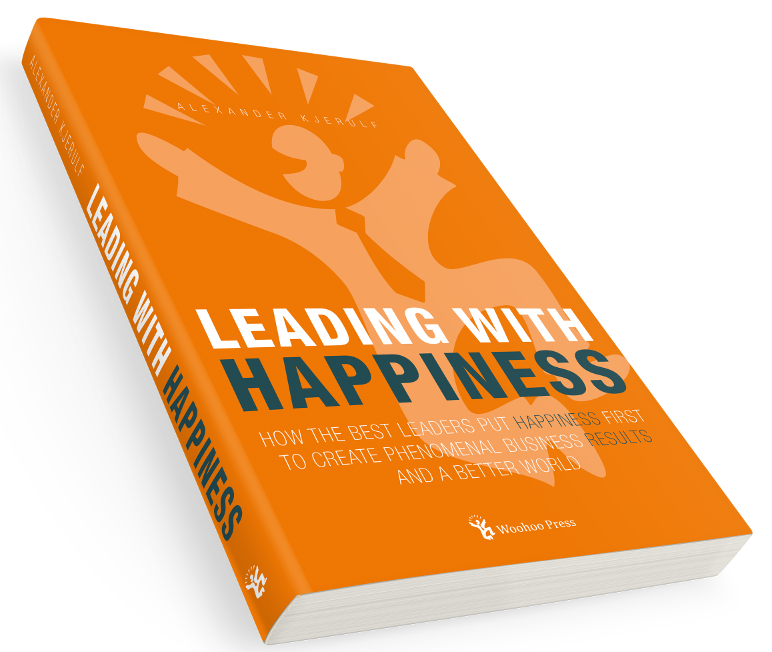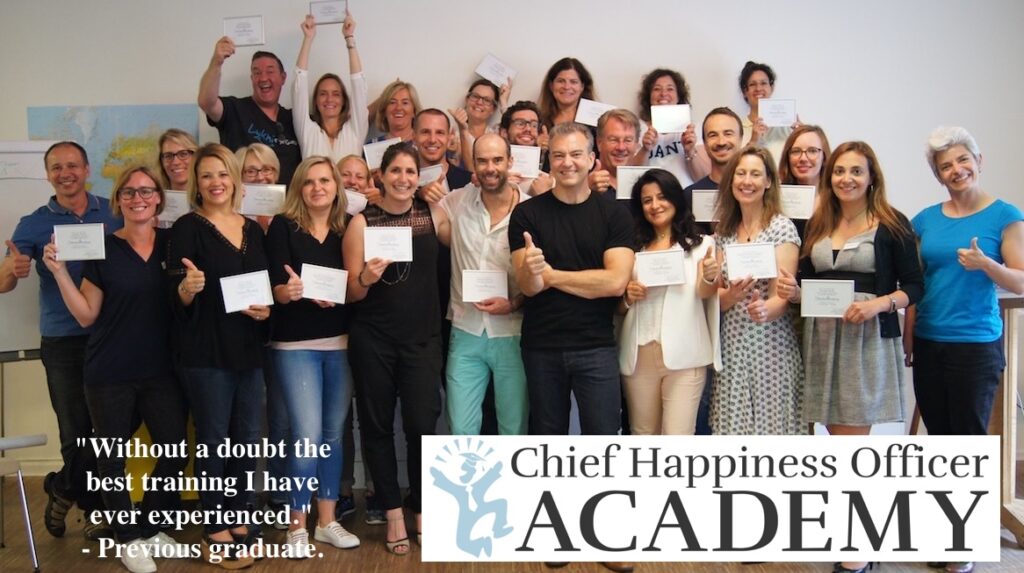Can you know something, that you haven’t measured? Of course you can. I would actually argue, that by far the largest percentage of what you know about the current state of your organization was not something you measured – it was knowledge that came to you via some other process than objective metrics. A few recents posts in different weblogs have been talking around this topic.
On Intellectual Capital Punishment Sam Marshall (via Smart Meeting Design) wrote about an article in Financial Times:
What did disappoint me though, was the quote from HP’s CKO, Craig Samuel: ‘If you can’t measure it, you can’t manage it’. Shame on him for using such an outdated cliche. It reinforces the view that management is something you do with spreadsheets. He should be pushing an agenda that changes expectations about what information you need to manage, relying much more on trusting perceptions and qualitative evidence.
On Reforming Project Management Hal Macomber wrote that:
When a supervisor, manager, or organization declares measurements people will quickly adjust their behavior to correspond to their understanding of the measurements… But most organizations have too many measurements… the practice of establishing these measurements keeps management detached from the exactly the operations that they are interested in performing well. Try something else: forego the measurements. Get engaged instead.
Chris Corrigan took a more political perspective and wrote that:
How do I know I have four apples? I count them. This is notable because the subjective truths, the good and the true (in Wilber’s terms) are truths that only exist if you participate in them… To simply sit back and accept the measured approach (pun intended) is to give up responsibility for the truth, and to become complicit in the system that generates that truth from outside of its subjects.
I was thinking about this when a thought struck me that may be painfully obvious to everyone else, but seemed kinda interesting to me. I thought that there are two reasons why we measure anything:
1: To know
2: To become aware
Measuring something will ideally give me concrete, specific knowledge, but it will also affect whatever it is that I’m measuring. Remember the experiments they performed in the car industry (in the 50’s I think) where they modified working conditions to increase productivity? For instance, they turned up the lighting in an area, and that made the workers more efficient. They tried dimming the lights in another area and, strangely, this also increased productivity! What affected the workers’ productivity in these cases was not more or less light, it was a couple of guys with clipboards in the background constantly taking notes. (On a side note, the notion that you can’t measure anything in a system without affecting the system is also a consequence of the uncertainty principle in quantum physics.)
So metrics aren’t bad. Not at all. The problem comes mostly when metrics are seen as the only way to increase knowledge and awareness – eg. when HP’s CKO, Craig Samuel says ‘If you can’t measure it, you can’t manage it’.
The question then becomes whether you will allow yourself to trust knowledge obtained without objective metrics and, frankly, I believe that not to do so is absurd. I would even take it one step further, as I did in a previous post and say that most of the important stuff that goes on in an organization is
a) Not measured
b) Not even measureable
Metrics are used to generate both awareness and knowledge, but to treat metrics as the only trustworthy source is absurd!






